|
|
|
|
Products mentioned in this Article
--None--
|
|
|
|
|
|
|
|
|
 |
|
|
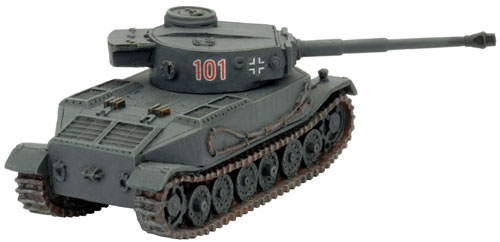 |
Tiger (P) Heavy Tank (GE076)
includes one Tiger (P) Heavy Tank.
Germany started work on a 27-tonne heavy breakthrough tank in 1937. Like
the British Matilda, the French Char B, and the Soviet T-35, this tank
was intended to breach WWI-style trench lines so that the light and
medium tanks could fight a mobile battle.
Check out the Tiger (P) in the online store here...
|
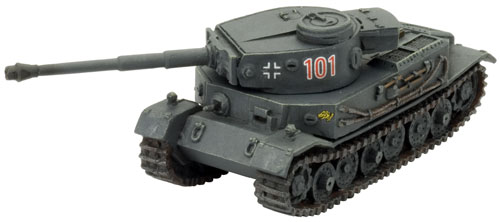 |
After three successively heavier designs, the 45-tonne VK4501 specification was given to both Porsche and Henschel in May 1941. The
Porsche prototype, now known as the Tiger (P), was finished in April
1942. Its suspension consisted of six pairs of steel-tyred
rubber-cushioned road wheels with rear drive sprockets instead of the
more usual front sprockets. Two air-cooled V-10 engines drove generators
that powered an electric motor for each drive sprocket.
|
Porsche vs. Henschel
The competition between Porsche and Henschel to produce the next German
heavy tank had been intense and the resulting designs were very
similar. Both had the same armour specifications and mounted the same
gun in the same Krupp-designed turret.
The differences were mainly mechanical. Porsche preferred longitudinal
torsion bars that saved space over Henschel’s transverse torsion bars,
steel-tyred road wheels, and a new Petrol-electric transmission to solve
the problem of moving such a heavy vehicle.
The basic principle of the petrol-electric
transmission is that the each petrol engine spins a dynamo to generate
electricity. This then powers an electric motor that powers the drive
sprocket. In theory the result is a smooth transmission with no need to
change gear and plenty of torque. In practice the system proved to
complicated and unreliable.
|
| This sophisticated design had huge theoretical advantages, but proved to
be troublesome in practice. As production of both designs was scheduled
to begin in July, there was little time for testing or fixing the
problems with the petrol-electric drive. With five tanks built,
production was halted to enable the problems to be sorted out. The
Henschel works was delighted when its production order was increased to
compensate. |
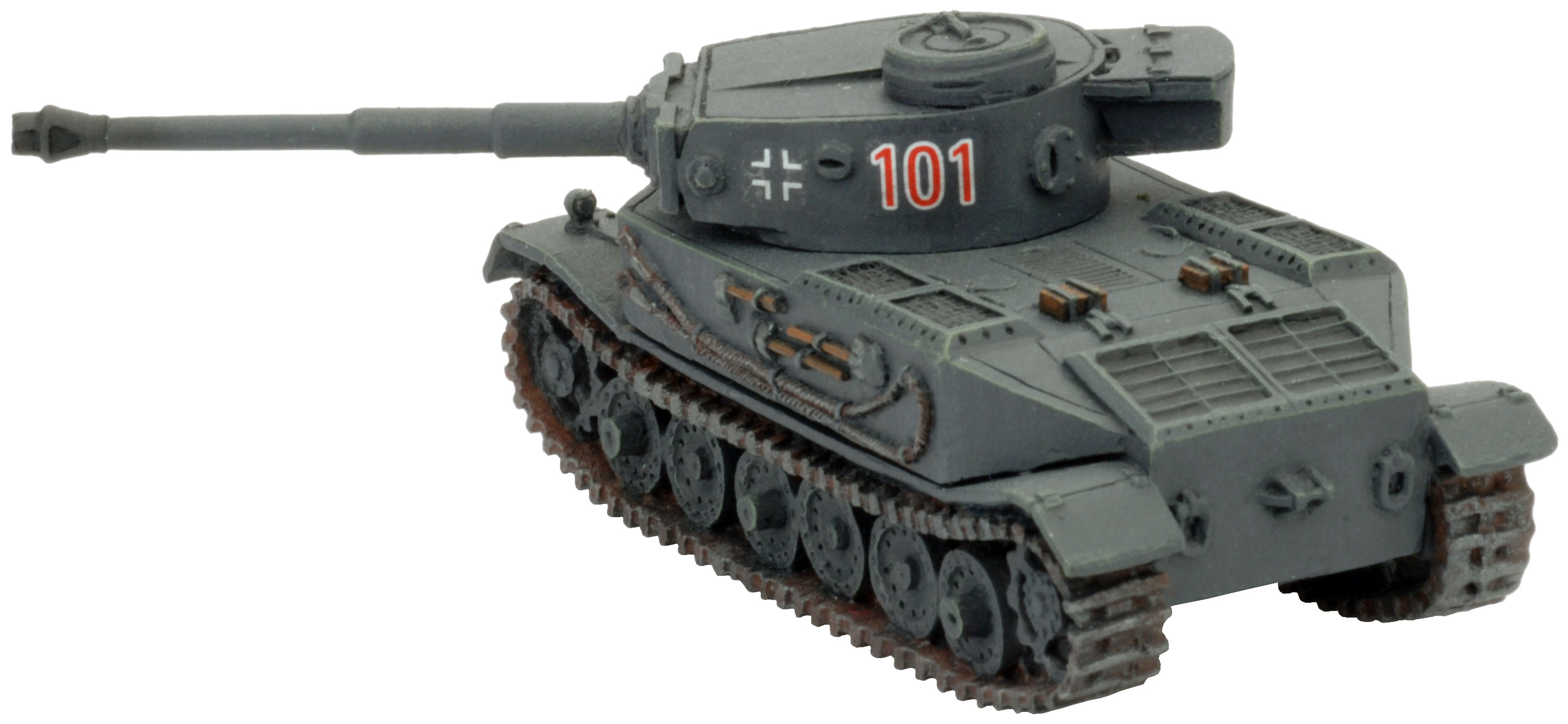 |
Protected Ammo
Many tanks are destroyed not by the enemy shell but by their own
ammunition being hit by white-hot fragments of armour and exploding. The
chances of this were minimised by providing a safe place for stowing
ammunition within the vehicle, such as an armoured compartment or inside a
water-filled jacket.
If forced to bail out, crews of tanks with protected ammunition
are far more confident when it comes to remounting their vehicle
quickly.
Tanks with Protected Ammo re-roll all failed Motivation Tests to
Remount Bailed Out vehicles in the Starting Step (see page 102 of the
main rulebook). |
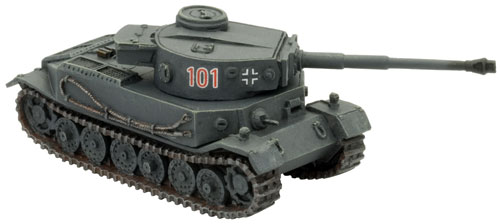 |
By February 1943 many of the mechanical problems had been resolved
and Hitler ordered the massive 8.8cm L/71 PaK43 to be fitted to ninety
Porsche Tiger tanks as the Ferdinand assault gun in time for the Battle
of Kursk.
Designed & Painted by James Brown
|
The Tiger (P) Heavy Tank in Flames Of War
|
| |
|
|
Armour
|
|
|
Name
|
Mobility
|
Front
|
Side
|
Top
|
Equipment and Notes
|
Weapon
|
Range
|
ROF
|
Anti-tank
|
Firepower
|
|
| Tiger (P)
|
Slow Tank
|
9
|
8
|
2
|
Co-ax MG, Hull MG, Protected ammo,
Unreliable, Wide tracks.
|
8.8cm KwK36 gun
|
40"/100cm
|
2 |
13
|
3+
|
Slow traverse. |
|
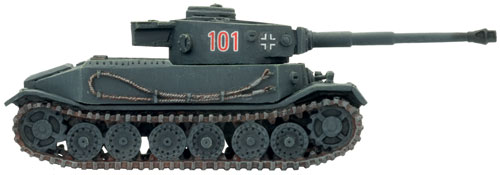 |
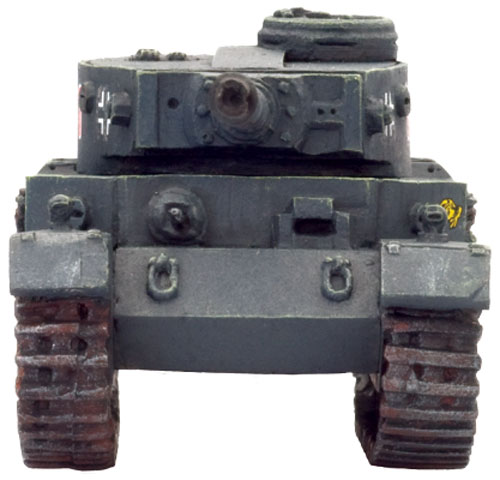 |
Unreliable
Whether poorly designed, unsuitable for the conditions, or requiring
more maintenance than current supply considerations will allow, these
vehicles have a significant chance of breakdown when pushed too hard.
If an Unreliable vehicle attempts to move At the Double, roll a die. On a roll of 1 the vehicle becomes Bogged Down. |
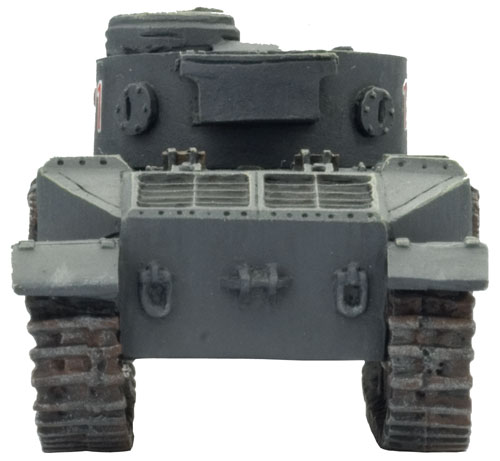 |
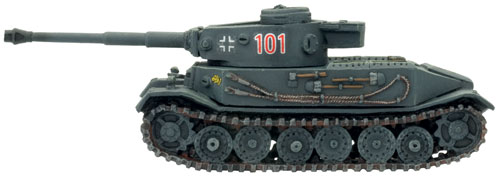 |
Wide Tracks
Some excellent tank designs have successfully utilised wider tracks, allowing them to cross almost any terrain.
If a vehicle with Wide Tracks becomes Bogged Down while
attempting to cross Rough Terrain, roll again. On a roll of 4+ the
vehicle immediately frees itself and continues moving. |
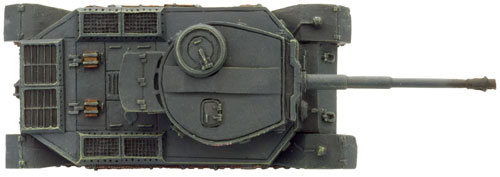 |
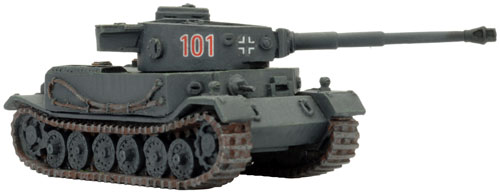
|
Slow Traverse
Most tanks were either fitted with power traverse or had turrets that
were light enough to be quickly swung by hand. Some designs suffered
from heavy turrets lacking power traverse.
Tanks with slow traverse add +1 to the score required to hit when
shooting any turret-mounted weapon except an AA MG at targets that are
entirely behind a line drawn across the front of the tank’s turret
before they rotate their turret to face the target. |
Last Updated On Thursday, February 21, 2013 by Blake at Battlefront
|
|
|